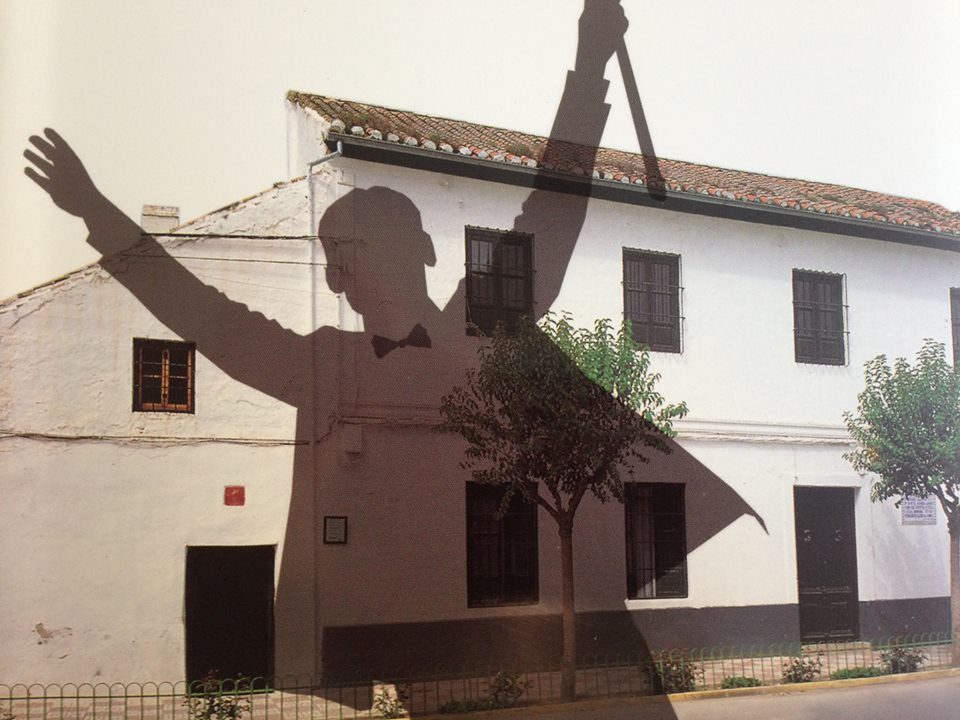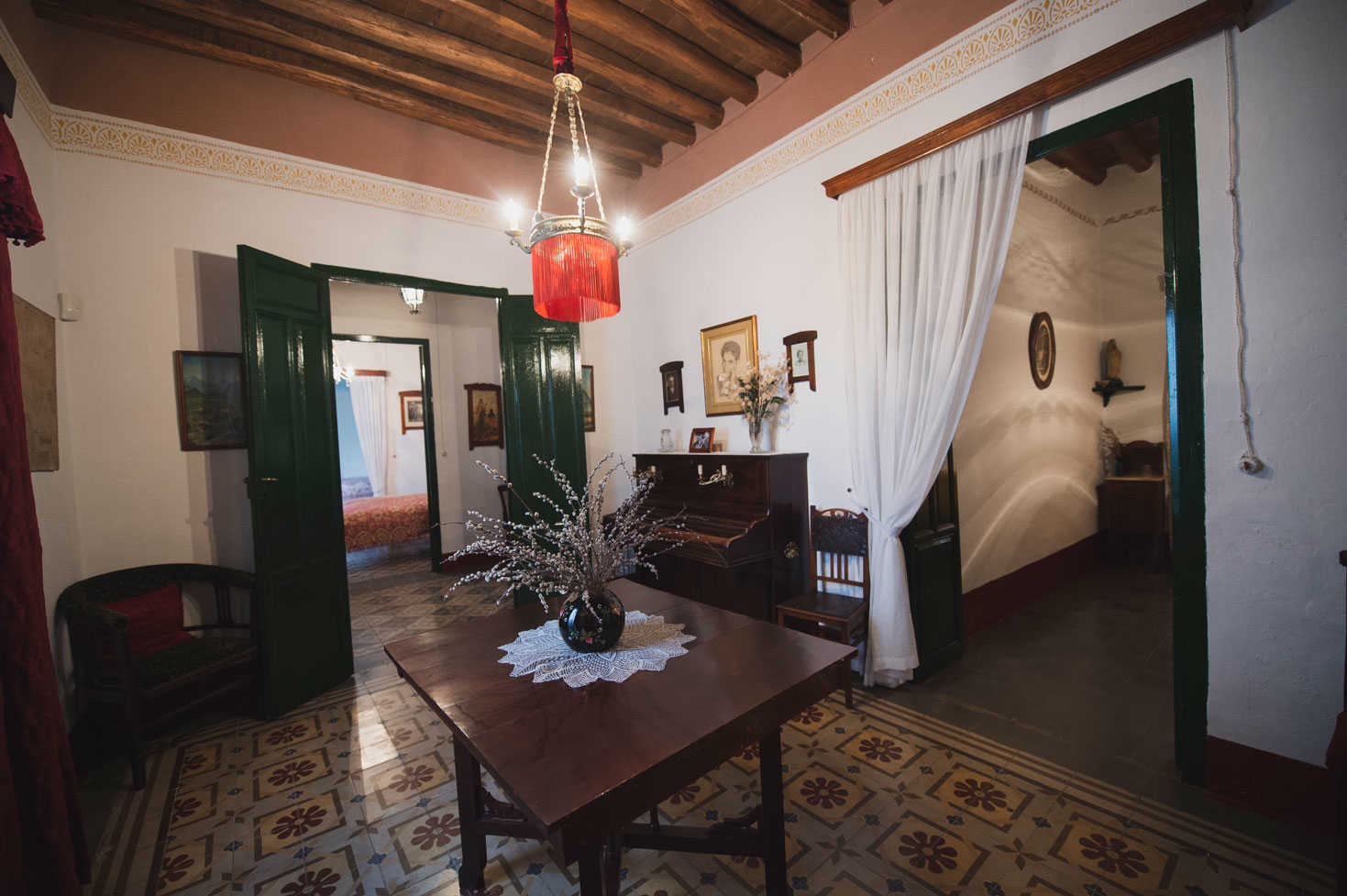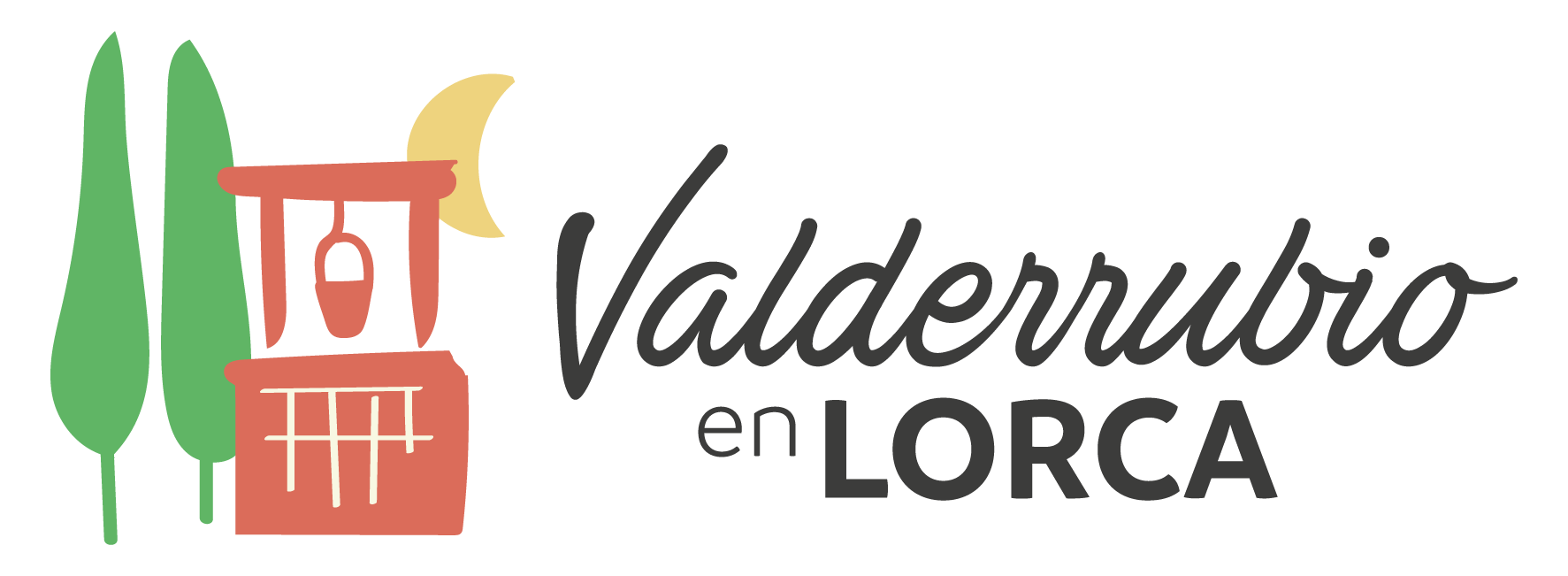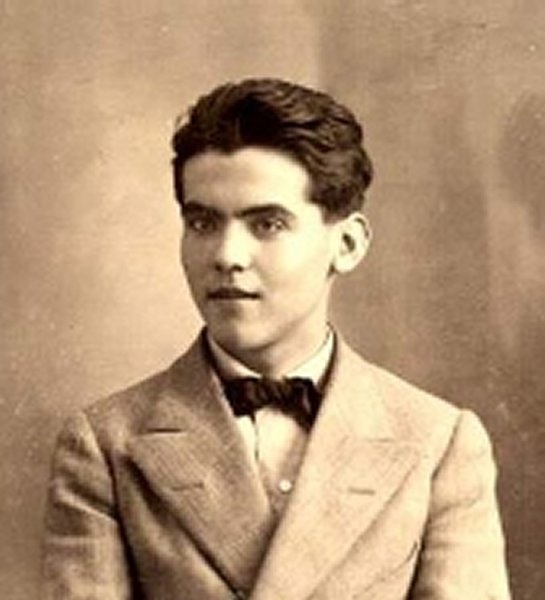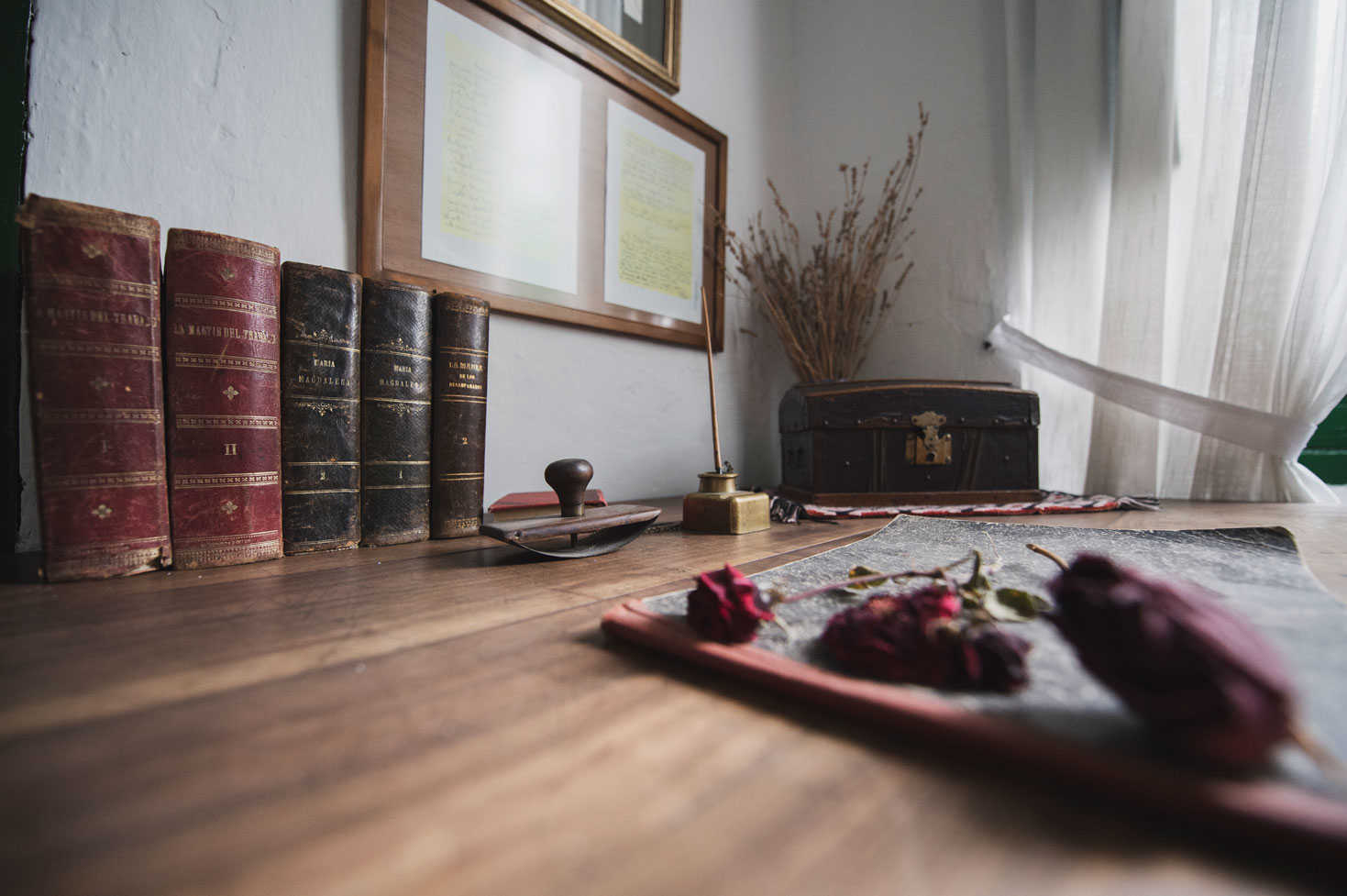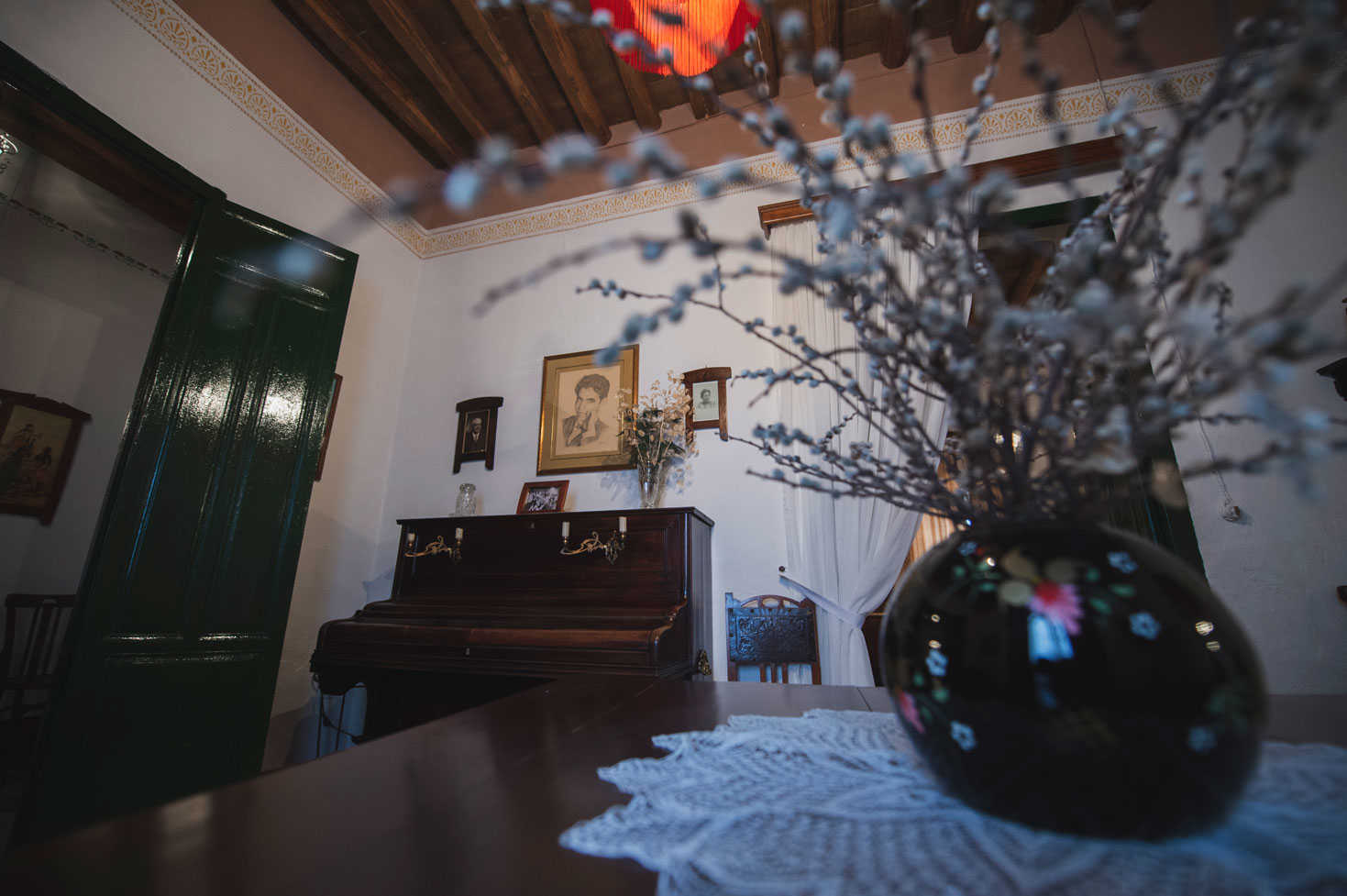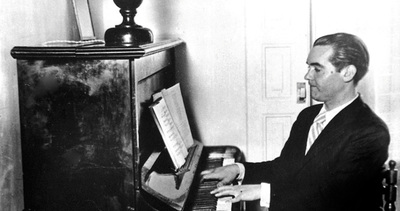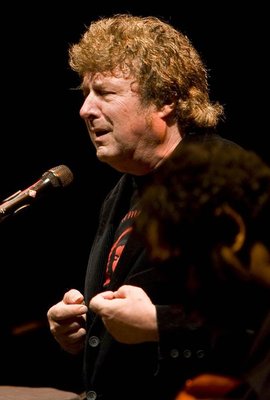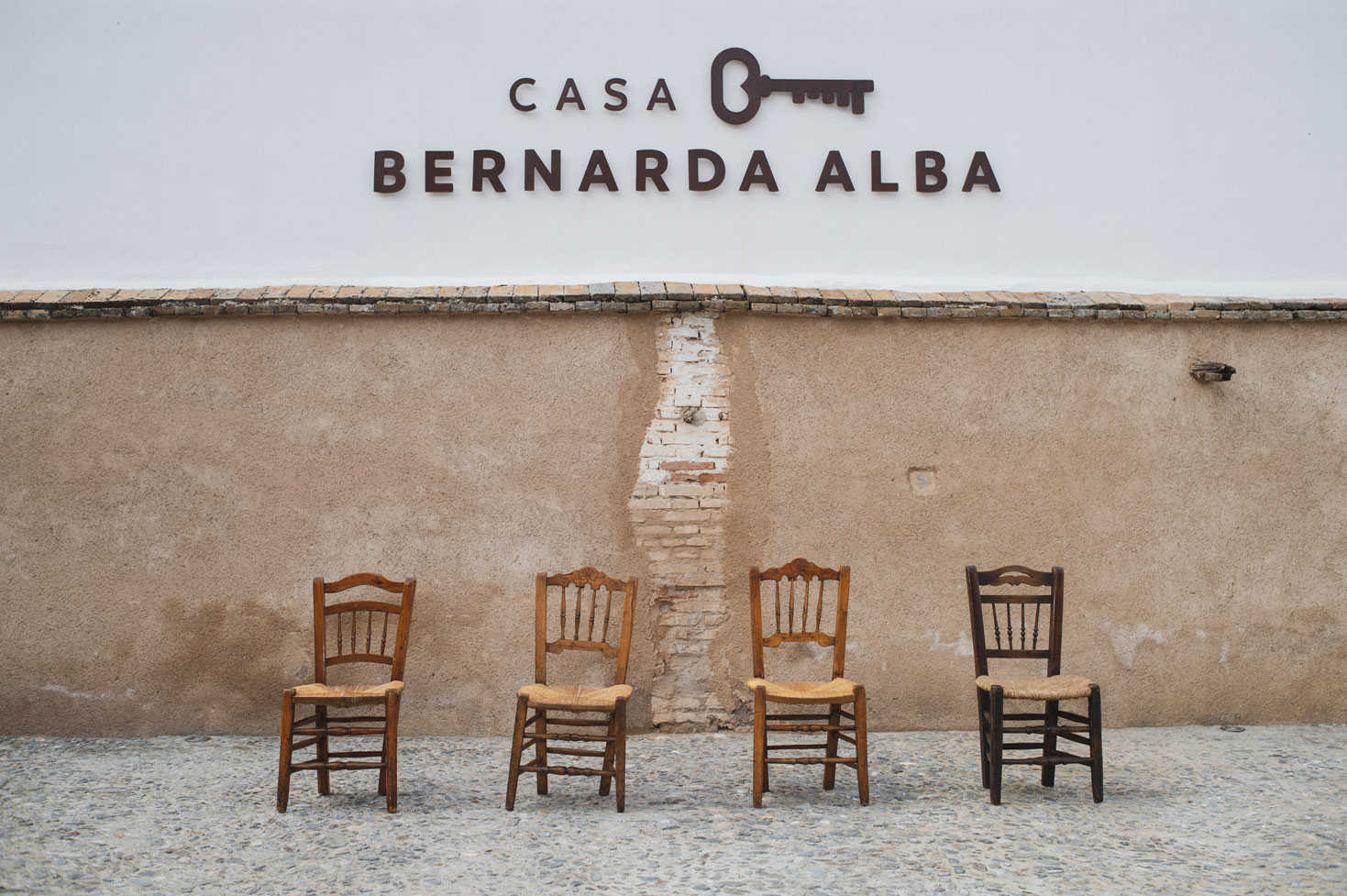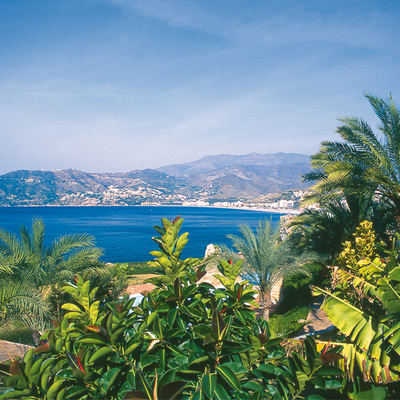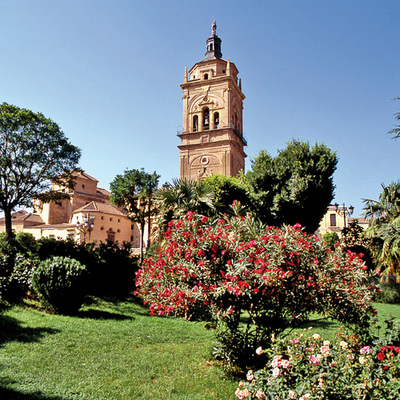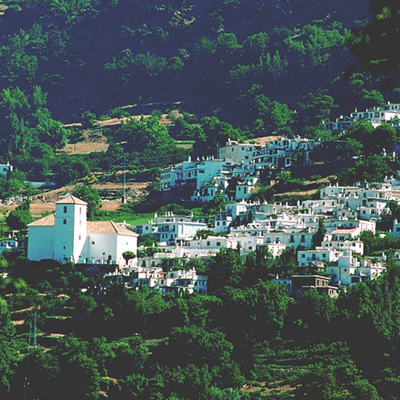Casa Museo Federico García Lorca de Valderrubio
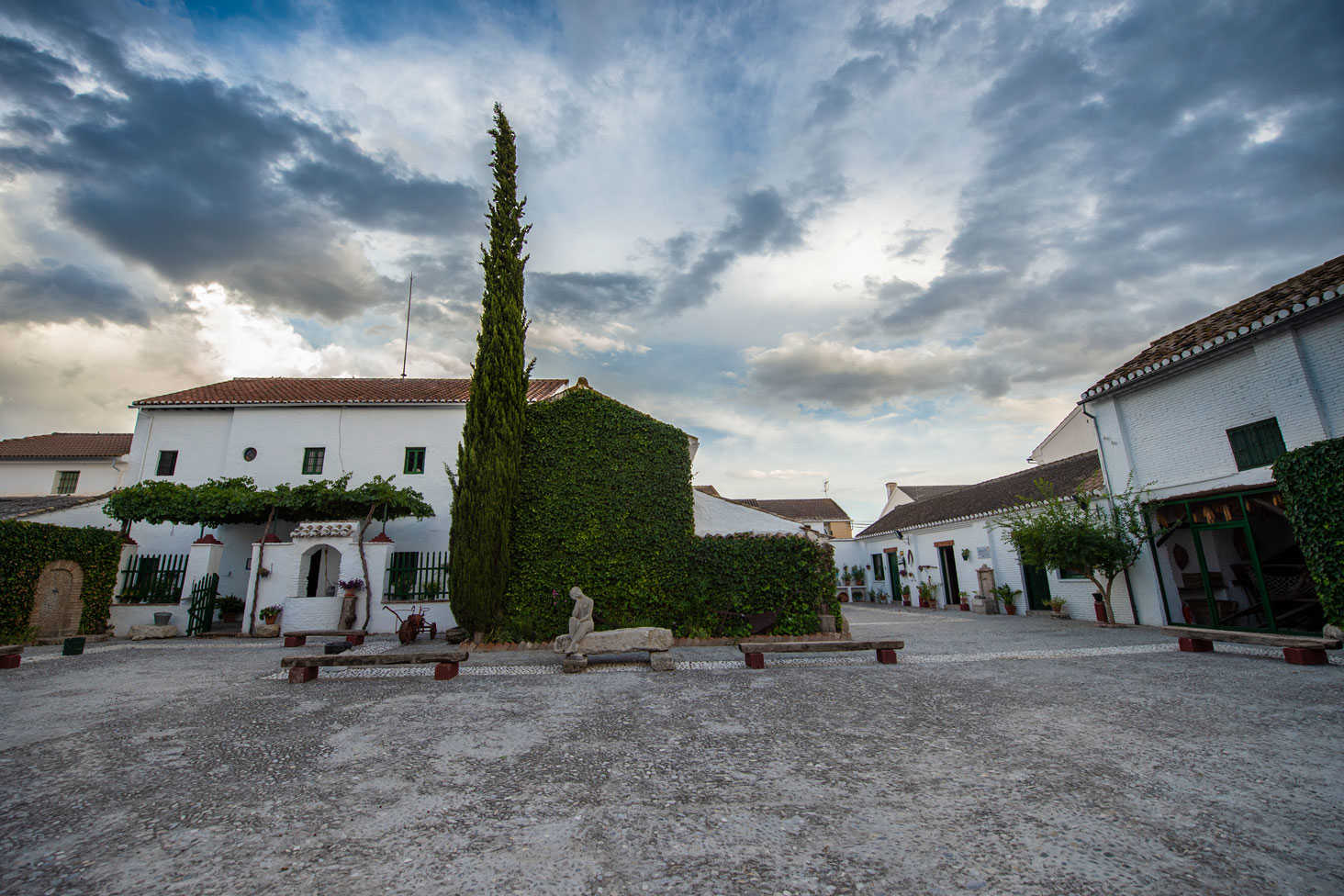
Federico García Lorca spent his childhood and adolescence in Valderrubio, between the fertile Plain of Granada and dry places like the Fuente de Carrura and La Teja where he developed the poetry of his younger years surrounded by green fields and gold-crowned poplar trees with the Sierra Nevada as a backdrop.
It was here that Federico was inspired to create several of his most important works like The House of Bernarda Alba, The Shoemaker's Prodigious Wife and Doña Rosita the Spinster. His literature is densely populated with characters from the town, stories about things that happened here and references to landscapes and places. All the poetry of his youth seems have its origins here.
House-Museum
The House-Museum of Federico García Lorca de Valderrubio shows us the intimate reality of the poet. The poet lives on in memory of this town, which venerates him as a material and oral treasure. The material side is embodied in objects which belonged to the García Lorca family. The house in Valderrubio also provides an oral memory of so many experiences, stories and anecdotes which have been preserved to be transmitted for generations to come.
A journey to the past
The museum itself is a living, faithful reconstruction of the beginning of the 20th century, providing so much information about this period through the objects to be found here. It is a meeting place for local residents, as well as being a symbol of the town's identity.
Tuesday to Saturday, 10am to 2pm.
Standard admission: €3 18 May to 27 September: Free. A fee should be paid in advance for guided tours for groups.
Doors are closed on the following days: 1 and 6 January, 29 February, 24 and 25 March, 2 My, 15 August, 8 September, 12 October, 1 November, 6, 8, 18, 24, 26 and 31 December.

